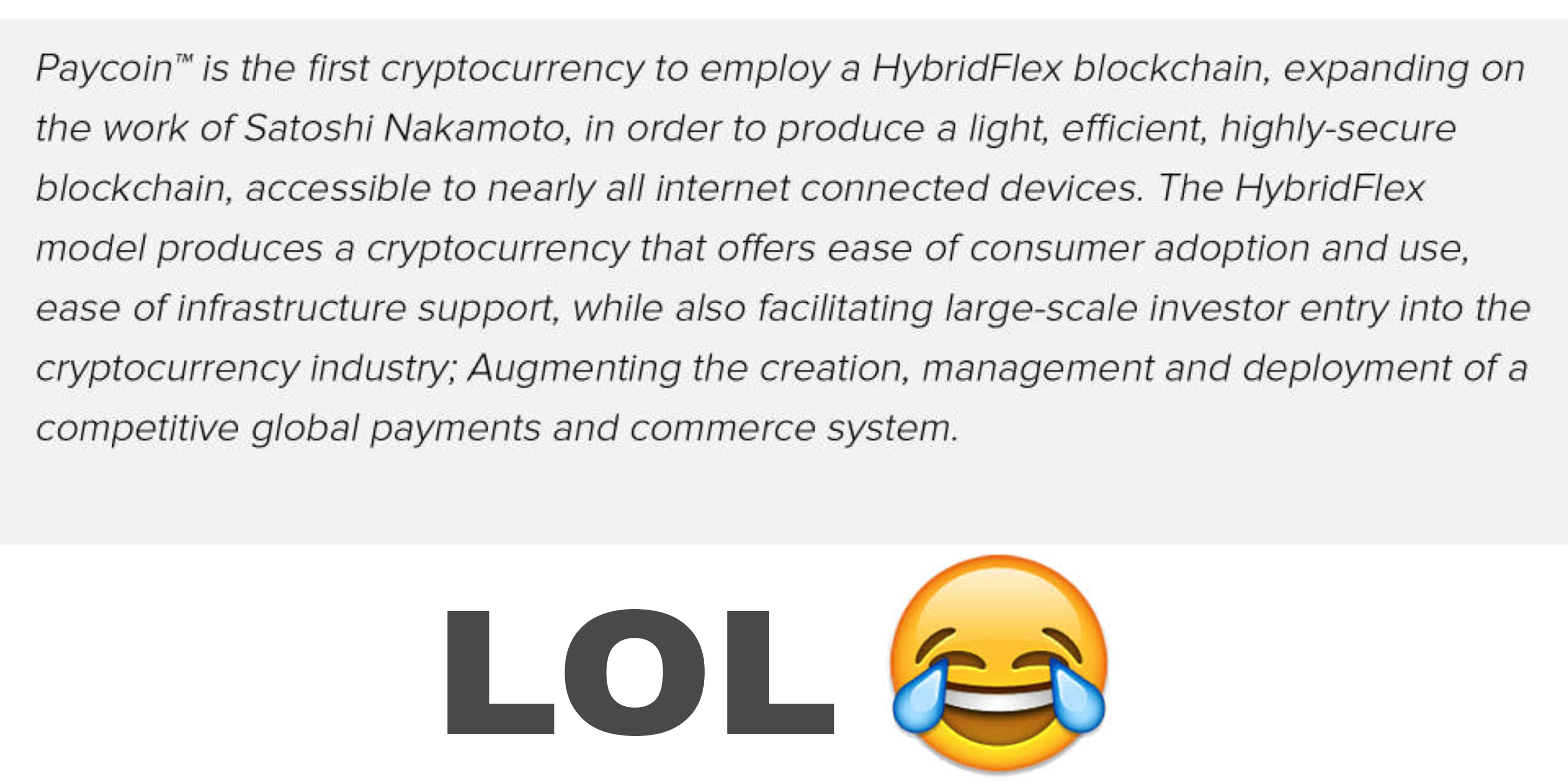[ad_1]
Just recently Josh Garza was sentenced to 21 months of prison and six months of home confinement for his role in the many Ponzi scams like Gaw Miners, Zen Miners, Hashlets, and of course the controversial Paycoin that appeared in 2014. Back then lots of people were scammed by Garza’s schemes but he had a bunch of help bolstering his fraudulent ideas. Unfortunately, mainstream media and a slew of other online publications did a really good job in assisting Garza’s pump-n-dump schemes and the Paycoin scam.
Also read: Josh Garza Sentenced to Prison and Fined $9M over GAW & Paycoin Scam
Did Online Publications Printing Garza’s Lies Bolster His Fraudulent Schemes?
Like Mark Karpeles and Paul Vernon, Joshua Homero Garza is an infamous character that’s been known for a lot of fraudulent cryptocurrency-related scams. Garza the controversial cryptocurrency executive and a few other associates are now paying for their crimes, but if it wasn’t for mainstream media and other online publications his scams probably wouldn’t have gone as far as they did.

If you were involved in the Bitcoin scene around November of 2014 you definitely would have heard about Josh Garza and Gaw Miner’s Paycoin launch from the likes of Tech Unboxed, Yahoo Finance, Wall Street Journal, Market Wired, Payment Eye, Finance Magnates, Data Center Knowledge, and many more online news outlets. Of course, some of the editorials were paid for but some people unwittingly published Garza’s gross lies. Garza even did an illustrious interview with Techcrunch (with plenty of backlinks to Garza scams) explaining how he got all the money to purchase the domain BTC.com. Ironically Garza explains that his company was created because he was once scammed.
“GAW Miners was born after someone ripped me off during an ASIC purchase,” Garza explains to Techcrunch in August of 2014. Then Garza further explains to Techcrunch just how successful Gaw Miners had become that year. The founder makes some very bold claims stating:
The company was an overnight success and achieved over $10 million in sales during its first month and is on schedule to do $100 million in this first year.
Paycoin the So-Called ‘Bitcoin Challenger’ Catches Fire From Real Journalism
Garza’s Paycoin was considered by many people to be one of the first high-profile initial coin offerings (ICO) that also claimed to offer ‘stablecoin‘ features. Basically, people could purchase Paycoin (XPY) and his operation would guarantee to buy them back at $20 USD per XPY. The promises Paycoin offered was all described in great detail in the XPY white paper that was widely distributed on the web four years ago.

The well-known journalist and Wall Street Journal ‘Bitbeat’ blogger, Michael Casey, wrote a pretty contentious story on Paycoin back in 2014 as well. The story’s headline actually refers to Paycoin as a ‘bitcoin challenger’ and highlights quite a bit of Garza’s claims. Of course, the article immediately had criticisms towards Paycoin and Garza in the comment section not long after the article was published. The comment section below Casey’s Bitbeat story has a bunch of individuals complaining about misleading claims and outright fraud.
 However, in 2014 and early 2015, not every online publication and journalist gave credence to Garza and Paycoin’s claims. On October 15, 2014, the online cryptocurrency publication Coin Fire (which is now called 99 Bitcoins) published a story that revealed Gaw’s Hashlet mining operation didn’t have any miners. A few months later Coin Fire published more incriminating details about the misleading claims Garza and Gaw told the public and media. Gaw Miners fired back at the Coin Fire editorial team and threatened them with legal action over the articles. On November 22 the news outlet outlined all the business partnerships that Gaw Miners lied about, and Coinfire’s claims were later confirmed by the US Securities and Exchange Commission’s Gaw Miners investigation.
However, in 2014 and early 2015, not every online publication and journalist gave credence to Garza and Paycoin’s claims. On October 15, 2014, the online cryptocurrency publication Coin Fire (which is now called 99 Bitcoins) published a story that revealed Gaw’s Hashlet mining operation didn’t have any miners. A few months later Coin Fire published more incriminating details about the misleading claims Garza and Gaw told the public and media. Gaw Miners fired back at the Coin Fire editorial team and threatened them with legal action over the articles. On November 22 the news outlet outlined all the business partnerships that Gaw Miners lied about, and Coinfire’s claims were later confirmed by the US Securities and Exchange Commission’s Gaw Miners investigation.
The Multitude of Phony ICOs and Bank-Blockchains Bolstered by the Media Over the Last Few Years Shows There Are Still Plenty of Garzas and Paycoins
Now a lot has changed in the last four years since Garza, Gaw Miners, and the Paycoin ICO scam took place within the cryptocurrency-community. However, there are definitely lots of fraudulent ICOs out there today, and plenty of so-called collateralized stablecoins with many more on the way. Furthermore, we’ve reported on the many ‘next generation’ snake oil blockchain projects being bolstered by mainstream media and other online publications these days.
The community is well aware of scammy ICOs throughout 2017-2018, but just because a financial incumbent sends out a press release saying they’ve produced a ‘world-class blockchain’ doesn’t mean its true. However, we’ve seen many news outlets report on these blockchains when they never even seen the software, let alone tested it themselves. There are plenty of Josh Garza’s and Paycoin projects out there today that raise similar red flags but still get wide media coverage.
What do you think about this story? Let us know what you think about this subject in the comment section below.
Images via Shutterstock, Pixabay, Paycoin archives, WSJ, Techcrunch, and DCK.
Need to calculate your bitcoin holdings? Check our tools section.
[ad_2]
Source link
